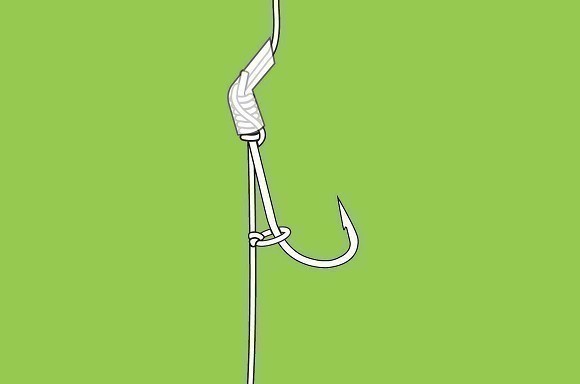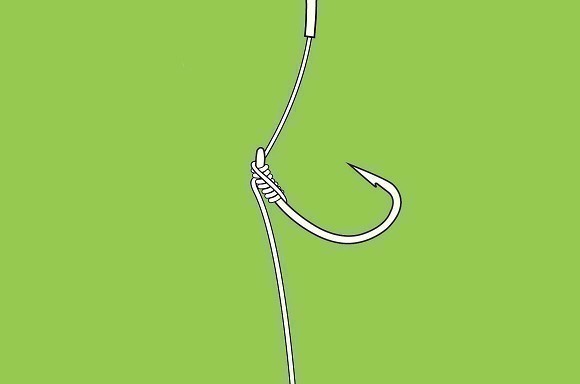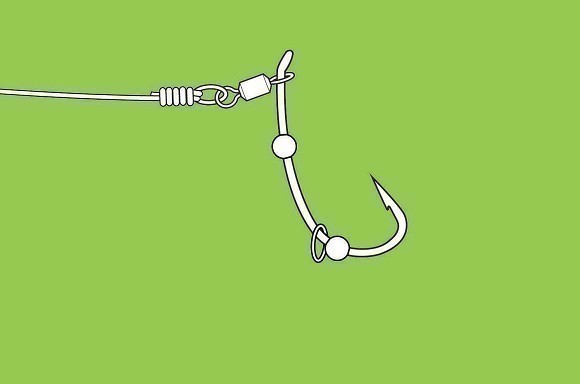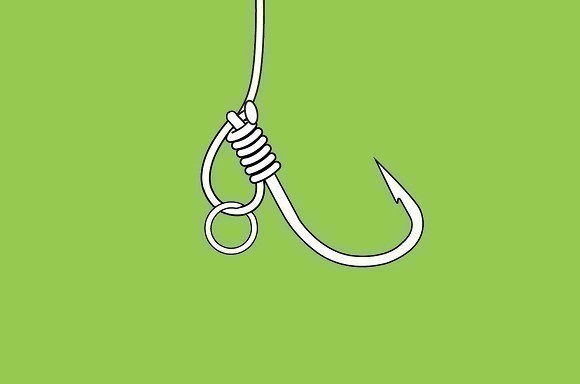
How to choose the perfect hook
Choosing which hook pattern to use can often be confusing so here we take at look at the benefits each pattern has to offer
Wide gape hooks
As the name suggests, the space between the hook point and eye is large due to a longer bend in the hook. The eye of the hook is in-turned, which helps the hook turn when tied within a Knotless Knot style Hair rig. Best used with hooklink materials of a supple nature, such as braid, coated braid or soft mono, these general hooks lend themselves well to many presentations, but working particularly well with boilies and pop-up hookbaits.
Long shank hooks
With a narrow hook bend and a hook shank twice the length of an average wide gape hook, long shank hooks are able to turn very quickly upon the investigation of mouthing fish. Commonly used with the addition of a small piece of tubing or ‘kicker’ on the in-turned eye to promote this hook-turning speed. Double boilie bait presentations, such as the snowman rig work well with this pattern, as do particle hookbaits and maggot clips or rings.
Short curved shank hooks
Similar to a wide gape hook, these hooks are forged with a gentle curve in the shank section of the hook, which gives the hook a claw, grabbing shape between a generally in-turned eye and hook point. This can create a more ‘aggressive’ hooking angle when used within Knotless Knot rigs. Most commonly used with supple materials to tie the KD Rig where the Hair exits the whipping of the knot after two turns, as well as soft mono presentations.
Long curved shank hooks
With a gentle crescent shape curve placed along the hook shank, these hooks are dimensionally similar to the long shank hook pattern. These hooks combine turning speed with an aggressive hooking angle, which can cause controversy at some fisheries where hooks ‘bent’ to prevent them being ejected under any circumstances are banned. The 360° Rig is by far the most common presentation to incorporate this hook, normally with a pop-up hookbait.
Out-turned eye hooks
Most commonly known as a ‘stiff rig’ or ‘Chod’ hook due to the out-turned eye which is also normally larger in size to the eye of a standard hook. This design feature is to allow the use of stiff monofilament hooklink materials that are often wide in diameter. The out-turned eye then allows these stiff materials to exit the hook in a flowing direction to elongate the hook shank into a large curve, most commonly used in the Chod Rig and Hinged Stiff Rig.







